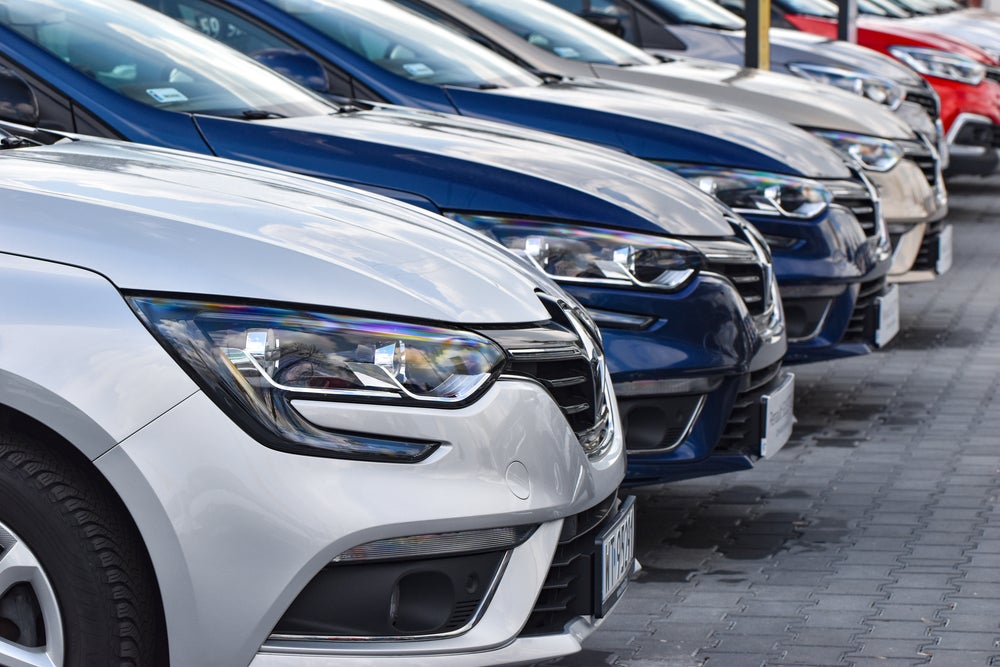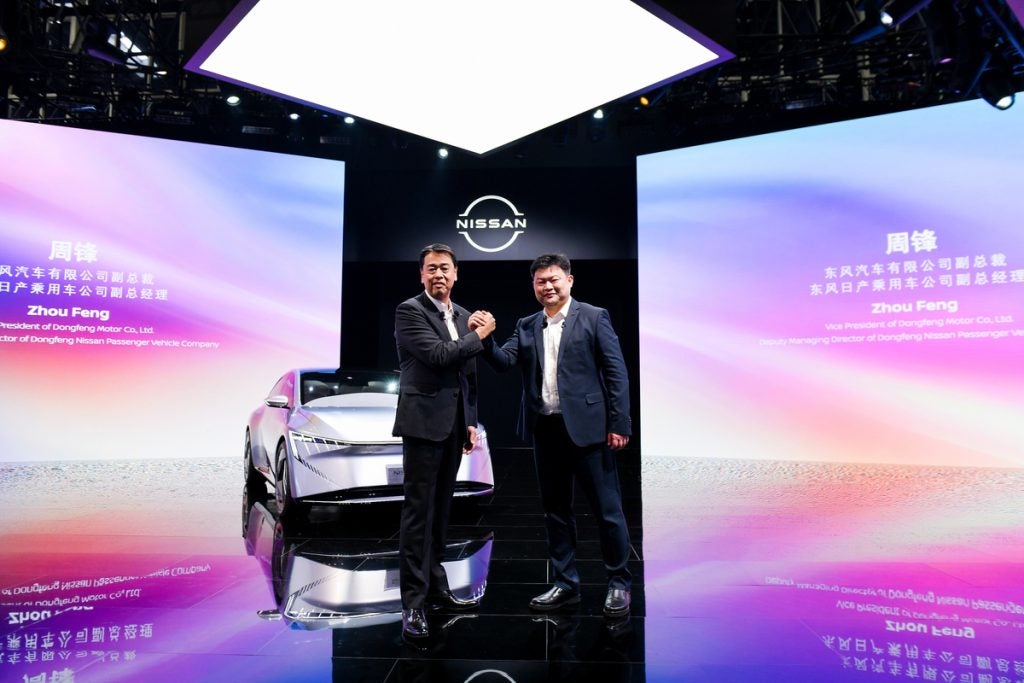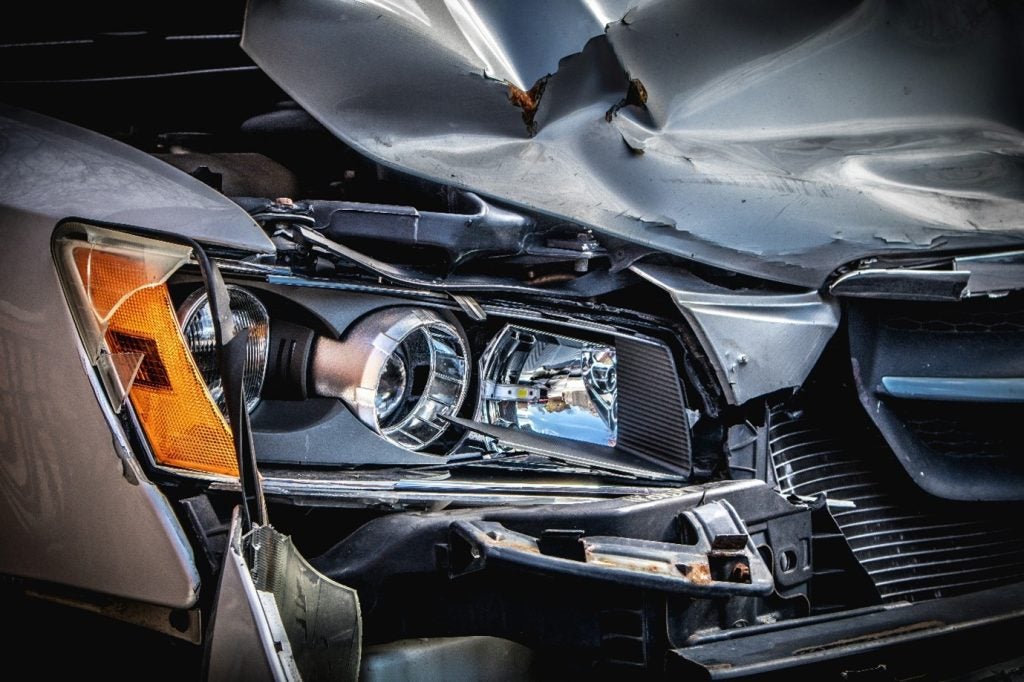 As pedestrian safety climbs to the top of the European Parliament’s agenda, Matthew Beecham relays some hopes and concerns from all sides and discovers the latest measures to improve in-flight safety using auto technology.
As pedestrian safety climbs to the top of the European Parliament’s agenda, Matthew Beecham relays some hopes and concerns from all sides and discovers the latest measures to improve in-flight safety using auto technology.
Protecting pedestrians
Following six months of talks, the EU Commission has accepted carmakers’ voluntary proposals on ways in which to improve pedestrian safety. The proposals are in two phases. In the first, carmakers will equip all new cars with daytime running lights from 2002, anti-lock braking systems from 2003 and ban the fitment of rigid bull bars as OE and aftermarket equipment from 2002. The commitment also means increased safety performance criteria for the front end of cars. The industry also signed up to the gradual fitment of additional active safety devices, including a range of electronic features. From 2010, however, carmakers must comply with a more stringent set of pedestrian safety standards.
 |
Hella’s daytime running lights. Studies and field tests in Europe show that the use of daytime running lights can reduce the number of fatal accidents by up to 25% |
Carmakers have backed the move towards greater protection for pedestrians. “This acceptance demonstrates that the EU Commission and the auto industry can work together on highly complex and technical issues to make significant improvements in real world safety,” said Paolo Cantarella, president of Acea (European Automobile Manufacturers Association). “By indicating their readiness to take such a commitment, European manufacturers want to show that they are not only considering the satisfaction of the drivers by offering unique vehicles in terms of comfort, design and safety of the occupant, but also by addressing the broader aspects of road users.”
 Bosch-abs.jpg” width=237> Bosch-abs.jpg” width=237> |
Since Bosch delivered the first ABS system in 1978, other manufacturers have followed |
The European Parliament will make a final decision this autumn. If they accept carmakers’ voluntary code, then mandatory pedestrian safety standards will be off the agenda altogether. But safety campaigners, such as the Royal Society for the Prevention of Accidents (RoSPA) want to see a set of mandatory requirements. Kevin Clinton head of RoSPA Road Safety, told us: “The only way we will accept a voluntary code is if it is at least as strong as the European Directive which has been proposed for a long time now. We cannot understand what they have to fear about legislation, which would ensure that cars do as little damage as possible when they hit pedestrians and cyclists. A voluntary agreement does not guarantee acceptance by all sections of the industry. It’s now gone back to the consultation stage, which will just delay things.”
Whatever the European Parliament decides, some carmakers have already taken some effective steps in improve pedestrian safety standards. Europe’s NCAP (new car assessment programme) recently proclaimed that the new Honda Civic has excelled in the area of pedestrian safety, awarding the car the highest pedestrian safety ranking ever (a 73% rating). NCAP’s pedestrian safety tests simulate impacts at 40kph and measure damage to the head and upper and lower legs. Built at the company’s Swindon plant, the Civic has undergone an intensive programme of research to assess ways of minimising pedestrian injury. Specific design items include an unobstructed area beneath the bonnet allowing it to deform on impact, bonnet hinges that compress under impact, energy-absorbing wiper hinges designed to break under impact and impact-absorbing wing supports.
How well do you really know your competitors?
Access the most comprehensive Company Profiles on the market, powered by GlobalData. Save hours of research. Gain competitive edge.

Thank you!
Your download email will arrive shortly
Not ready to buy yet? Download a free sample
We are confident about the unique quality of our Company Profiles. However, we want you to make the most beneficial decision for your business, so we offer a free sample that you can download by submitting the below form
By GlobalData |
Smashing performer: Honda Civic |
While applauding Honda’s new Civic, Chris Patience, head of Britain’s AA Technical Policy unit, added: “Progress in pedestrian safety has not been as rapid as it has been for occupant protection. We hope that other manufacturers will now follow Honda’s lead.” Guido Adriaenssens, chief executive of ICRT is also upbeat about Honda’s achievements. He said: “Whilst we welcome Honda introducing these first generation of designs to protect vulnerable road users, it starkly emphasises how other manufacturers have consistently failed to introduce these relatively simple modifications to their cars for years. Honda’s welcome action finally explodes the industry myth that design to protect pedestrians is unachievable in practice.”
Summary of Euro NCAP results, 2001
| aF | Occupant protection | Pedestrian protection |
| Small family cars | ||
| Honda Civic | 4 stars (79%) | 3 stars (73%) |
| Large family cars | ||
| Mercedes C-Class | 4 stars (91%) | 2 stars (33%) |
| Rover 75 | 4 stars (88%) | 2 stars (36%) |
| Volkswagen Passat | 4 stars (82%) | 2 stars (36%) |
| Mitsubishi Carisma | 3 stars (71%) | 2 stars (44%) |
| Renault Laguna II | 5 stars (97%) | 2 stars (33%) |
| Audi A4 | 4 stars (88%) | 1 star (19%) |
| Small MPVs | ||
| Fiat Multipla | 3 stars (56%) | 2 stars (36%) |
| Vauzhall/Opel Zafira | 3 stars (65%) | 2 stars (36%) |
Source: Euro NCAP | ||
Up, up and away: Airborne airbags
Auto safety engineers from North America’s number one supplier of seatbelts, TRW Inc, have been mixing in new industry circles lately. They’ve been talking with airline safety specialists about ways in which TRW could apply its cold-gas inflator-used for side-impact rollover applications–to the aerospace industry. A few weeks ago, they struck a deal with Phoenix-based Amsafe Aviation to supply cold-gas inflators to power up its Aviation Inflatable Restraint (AAIR) system.
Although it resembles a normal seatbelt in shape and size, Amsafe’s airbag is folded into a sheath on the fixed half of the seatbelt. It features an array of sensors that, in the event of an imminent air disaster, fire a signal allowing the under-seat cold gas generator to shoot gas into the 6-litre bag, providing protection to the torso and head. The sensors measure deceleration, discriminating between things like rough air or hard landings or someone just kicking the seat. “The system deploys at a level of impact beyond the structural integrity of the aeroplane,” said Cary Pawluk, general manager of Amsafe Aviation. “So you can’t set the airbag off by accident. It’ll only go off when the plane is in severe distress. The threshold for deployment is at the stage where wings are separating from the aeroplane.”
Pawluk has big ambitions for his company’s airborne airbags. “We believe that our system will become a standard restraint in aviation. In the middle part of next year, you’ll be flying on a Virgin aircraft with inflatable restraints. And that’s just the beginning. We believe that the industry is moving ultimately to a smart restraint system that could be slave to a cabin management system.”
Given that commercial aircraft are the most sophisticated machines in the skies outside of military and space applications, it’s ironic that the passenger seatbelt has changed little since the 1940s. If you find yourself twiddling with $5000 worth of in-flight entertainment aboard a Virgin trans-Atlantic aircraft next summer, take a closer look at that seatbelt. It might feel reassuring to know that the airline has just spent another $750 on fitting an airbag inside it.
just-auto new tech bytes
As the Japanese carmakers turn to the use of timing chains for fitment in more of their engines, BorgWarner reckons it is well placed to meet the demand. According to Roger Wood, president and general manager of BorgWarner Morse TEC, the shift from belts to more durable timing chain systems makes engines more fuel efficient and reduces emissions. Wood predicts that the use of chain drives by Japanese carmakers worldwide will grow by more than 50% — from 3.6m engines today to about 8.5m by 2005. BorgWarner produces timing chains from two plants: Ithaca, New York and its recently expanded facility in Nabari City, Japan.
Returning home to find your washing machine has moved three-foot across the kitchen floor can feel quite spooky. But engineers at Delphi Automotive Systems have been rubbing shoulders with washing machine mechanics to crack down on ‘walking’ spin-tubs. Using a sensor the size of your thumbnail, Delphi’s rotational accelerometer can sense and measure rotation and vibration. It can measure the tub’s spin. If the load starts to get out of balance, the sensor’s data kicks in to correct the situation, ie spinning the tub in the opposite direction a few times to rebalance the load. The tiny module combines a sensor and an integrated circuit, all wrapped up in a 20-pin package.
For truckers with steering problems, TRW has launched an on-line diagnostics toolbox. Trucksteering.com is a trouble-shooting site peppered with maintenance tips, service manuals and bulletins, parts lists plus a whole lot more. |
To view related research reports, please follow the links below:- Automotive lighting market intelligence set (download) Airbags Market Intelligence Set X-by-Wire – How electronics will reinvent the motorcar (download) |







